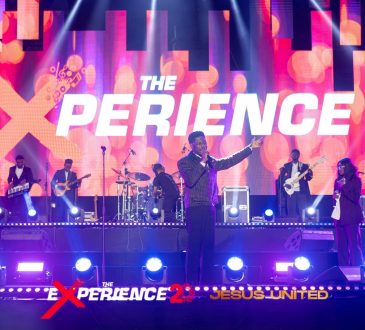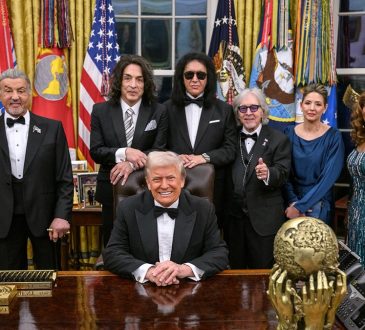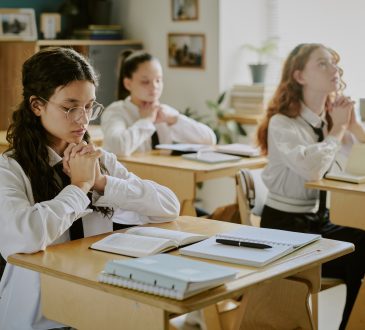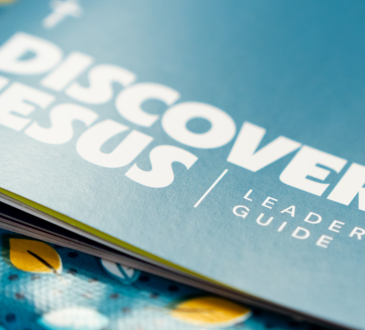The Wild Robot: A Climate-Conscious Masterpiece That Redefines Animated Storytelling
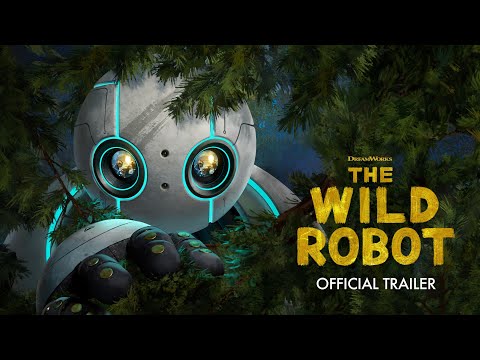
In a world where climate change is no longer a distant threat but a pressing reality, DreamWorks’ The Wild Robot emerges as a groundbreaking film that not only captivates audiences with its stunning visuals and heartfelt storytelling but also passes the Climate Reality Check—a new benchmark for climate awareness in media. Voiced by the incomparable Lupita Nyong’o, this adaptation of Peter Brown’s beloved children’s book is more than just an animated adventure; it’s a poignant reflection of our relationship with the planet and a call to action wrapped in a tale of survival, community, and hope.

A Robot’s Journey in a Watery Future
Set in a future where Earth’s landscapes have been dramatically altered by rising sea levels and environmental upheaval, The Wild Robot follows Roz, an intelligent droid who finds herself stranded on a remote, wild island. With no memory of her purpose or origin, Roz must learn to adapt to the harsh, untamed world around her. Through her interactions with the island’s diverse wildlife, Roz discovers the delicate balance of nature and the profound interconnectedness of all living things.
The film’s portrayal of a “watery future” is both breathtaking and haunting. Lush, vibrant ecosystems coexist with the remnants of human civilization, serving as a stark reminder of the consequences of environmental neglect. This visual storytelling is complemented by an Oscar-nominated original score that underscores the emotional depth of Roz’s journey, making The Wild Robot a sensory masterpiece.
The Climate Reality Check: A New Standard for Storytelling
What sets The Wild Robot apart from other Oscar-nominated films this year is its ability to seamlessly integrate climate awareness into its narrative. Good Energy, a nonprofit dedicated to promoting climate-conscious storytelling, recently introduced the Climate Reality Check—a test that evaluates whether a film or TV show acknowledges the existence of climate change and features characters who are aware of it. The Wild Robot is the only 2024 Oscar nominee to pass this test, a testament to its forward-thinking approach.
“The film’s stunning portrayal of our watery future is a powerful example of how climate awareness can be woven into storytelling without being preachy or overwhelming,” says Anna Jane Joyner, founder and CEO of Good Energy. “It’s about showing the reality of our world while inspiring hope and action.”
![The Wild Robot Wallpapers [21+ Free Background Images] - WallpaperGap](https://www.wallpapergap.com/cdn/24/345/the-wild-robot-wallpapers-3840x2160.jpg)
Beyond Doom and Gloom: The Power of Joyful Climate Stories
While many climate-themed films lean into apocalyptic scenarios, The Wild Robot takes a different approach. It balances the urgency of environmental issues with moments of joy, humor, and wonder. This aligns with the growing belief among experts that climate stories don’t have to be all doom and gloom to be effective.
Dr. Ayana Elizabeth Johnson, a marine biologist and climate policy expert, advocates for more “climate rom-coms” and lighthearted narratives that normalize climate awareness. “What if the meet-cute happens at a composting facility?” she muses. “Or a couple falls in love while waiting at an electric car charging station? These are the kinds of stories that can make climate action relatable and even aspirational.”
Similarly, writer and climate justice activist adrienne marie brown emphasizes the need for stories that show “a compelling future” rather than a bleak one. “We need to normalize people being prepared for cataclysmic change as communities,” brown says. “And we need to make it joyful, sexy, and powerful to love the earth.”
The Wild Robot embodies this philosophy. Through Roz’s journey, the film demonstrates how resilience, adaptability, and cooperation can lead to meaningful change. It’s a story that doesn’t just warn us about the dangers of climate change but also inspires us to imagine a better, more sustainable future.
A Personal and Universal Message
For Joyner, the film’s message hits close to home. Living on the Gulf Coast of Alabama, she has witnessed firsthand the devastating impacts of climate change, from hurricanes to rising sea levels. “I need to see my world on-screen,” she says. “I need help making meaning of all this—and finding joy, courage, and possibility in the midst of it.”
The Wild Robot does exactly that. It acknowledges the challenges we face while offering a vision of hope and resilience. By integrating climate themes into its narrative, the film encourages audiences to reflect on their own relationship with the planet and consider how they can contribute to a more sustainable future.
A New Era of Climate-Conscious Cinema
As the first film to pass the Climate Reality Check, The Wild Robot sets a new standard for storytelling in the age of climate change. It proves that climate awareness can be seamlessly woven into popular culture, inspiring audiences without overwhelming them.
In a world grappling with environmental crises, The Wild Robot is more than just a movie—it’s a movement. It reminds us that even in the face of adversity, there is hope. And it challenges filmmakers, writers, and creators to tell stories that not only entertain but also empower and enlighten.
So, as Roz learns to thrive in her wild, watery world, perhaps we too can find the courage to adapt, innovate, and build a future that honors the planet we call home. The Wild Robot isn’t just a film; it’s a call to action—a reminder that the stories we tell today can shape the world of tomorrow.

